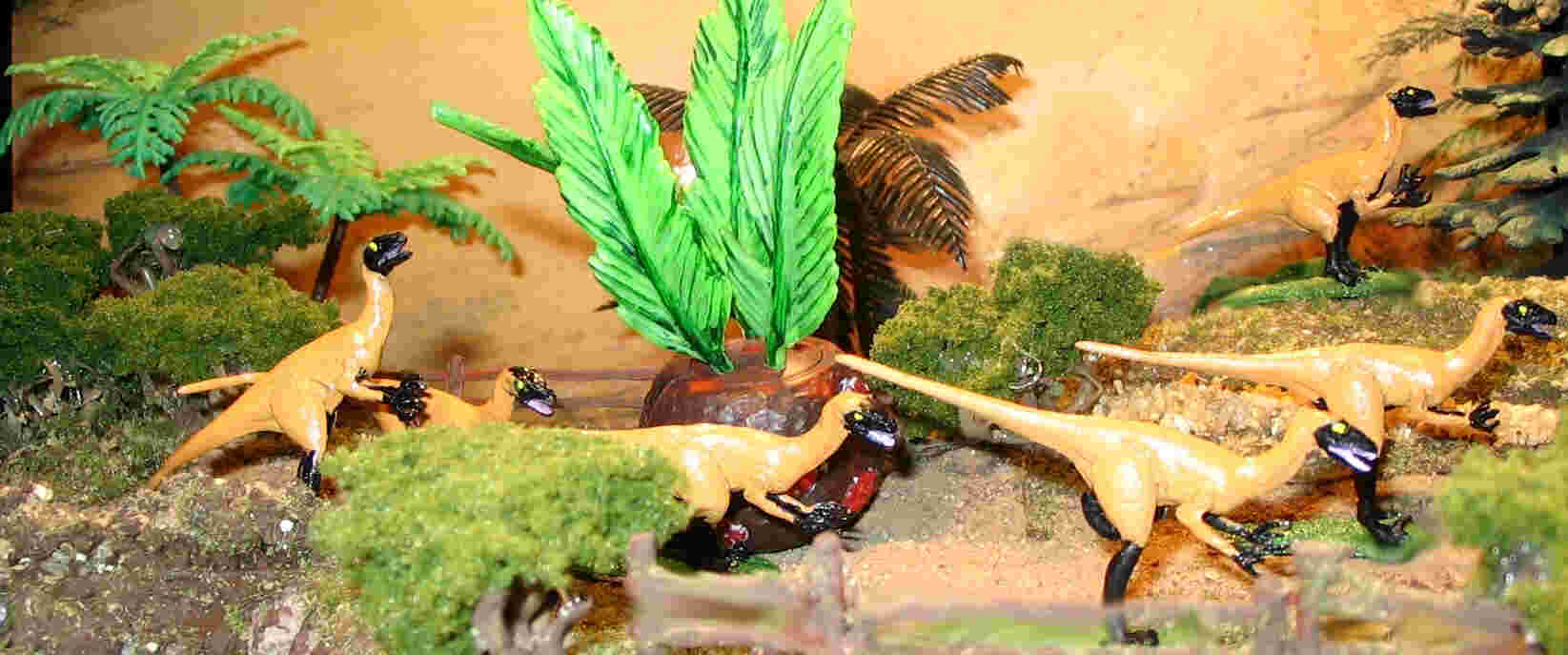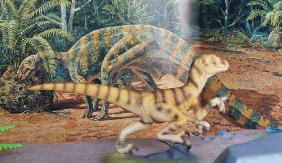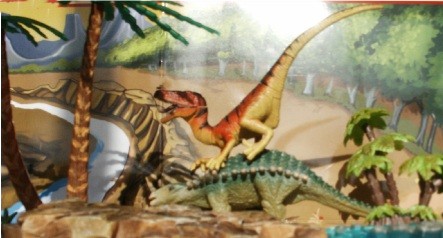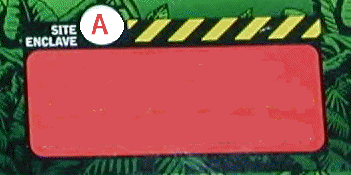Early Cretaceous
Cedar Mountain Formation
The Central Interior is an arid zone characterized by the Deinonychus Tenontosaurus fauna through the middle Cretaceous. The best finds of raptors and other small theropods traditionally comes from arid environments that larger dinosaurs did not favor. Flowering plants are present but are not yet the dominate flora as they will be later. The Cycadoids and cycads are declining leaving conifers and ferns as the most important plants species. The updated 042016
Paleontologists have found multiple, individual fossils of Velociraptor's close North American relative, Deinonychus. Deinonychus antirrhopus
, (Terrible Claw) one of the most important dinosaur fossil ever
discovered, Dr. J.H. Ostrom's (of Yale University) 1969 and 1976
descriptions of
 Deinonychus were a major
contributor to the re-evaluation of dinosaur activity levels and the
similarities between it and modern birds. A famous find of Tenontosaurus with with Deinonychus fossils has be been reconstructed as fatal encounter between a pack and the much larger herbivore.
Deinonychus were a major
contributor to the re-evaluation of dinosaur activity levels and the
similarities between it and modern birds. A famous find of Tenontosaurus with with Deinonychus fossils has be been reconstructed as fatal encounter between a pack and the much larger herbivore.
 Gastonia is the largest and best known polacanthine ankylosaurid closely related to Polacanthus and Hoplitosaurus.
It exhibits a mixture of ankylosaurid (head) and nodosaurid (body)
characteristics and suggests that the division between these families
may turn out to be artificial. The skull of Gastonia
has a number of features that make it unique among ankylosaurids, and
its dorsal armor is also unique, consisting of solid scutes with radial
ornament. The largest scutes are up to 9 inches across, and some on the
tail are even larger. Pairs of spines run along its sides, and are
largest at the shoulders. Across the pelvis the armor is fused into a
solid shield. Between the larger pieces of armor are hundreds of
smaller ossicles up to 1 inch in diameter. The structure of the skull
suggests that Gastonia may have headbutted. Its defensive behavior
probably involved use of its formidable shoulder spikes together with
sideways slashing movements of the heavily armoured tail.
Gastonia is the largest and best known polacanthine ankylosaurid closely related to Polacanthus and Hoplitosaurus.
It exhibits a mixture of ankylosaurid (head) and nodosaurid (body)
characteristics and suggests that the division between these families
may turn out to be artificial. The skull of Gastonia
has a number of features that make it unique among ankylosaurids, and
its dorsal armor is also unique, consisting of solid scutes with radial
ornament. The largest scutes are up to 9 inches across, and some on the
tail are even larger. Pairs of spines run along its sides, and are
largest at the shoulders. Across the pelvis the armor is fused into a
solid shield. Between the larger pieces of armor are hundreds of
smaller ossicles up to 1 inch in diameter. The structure of the skull
suggests that Gastonia may have headbutted. Its defensive behavior
probably involved use of its formidable shoulder spikes together with
sideways slashing movements of the heavily armoured tail.
Falcarius is
a transitional form between meat eating theropods and the plant eating
therizinosaurs. I was a small animal 14 ft long. It is found in
large bone beds.
